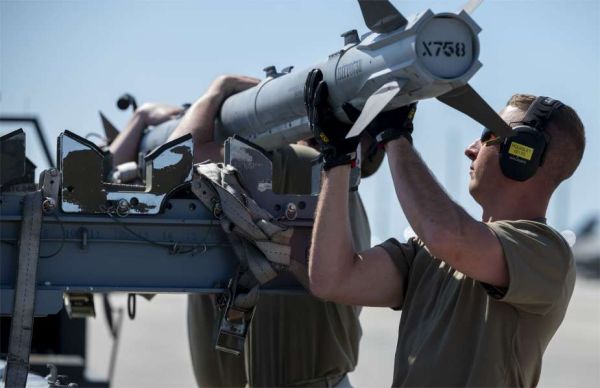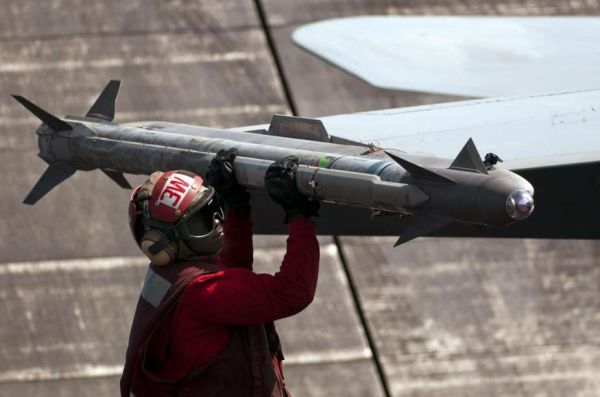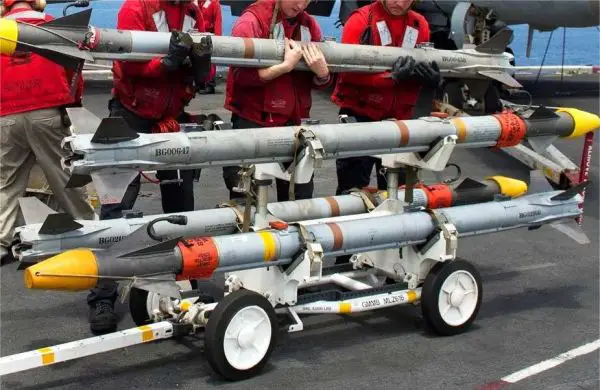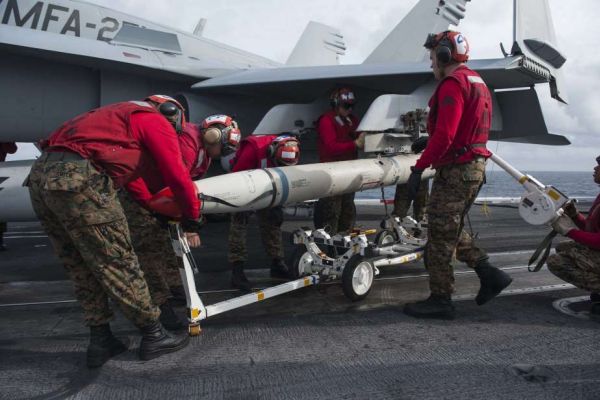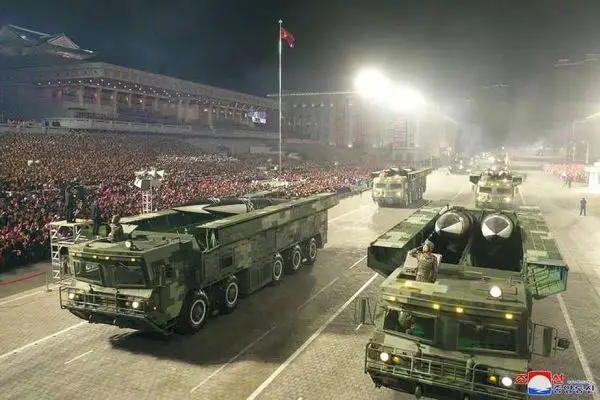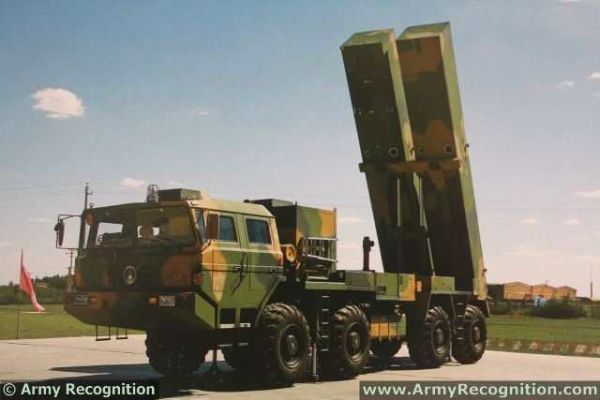Tactical Missiles.
AIM-9X Sidewinder.
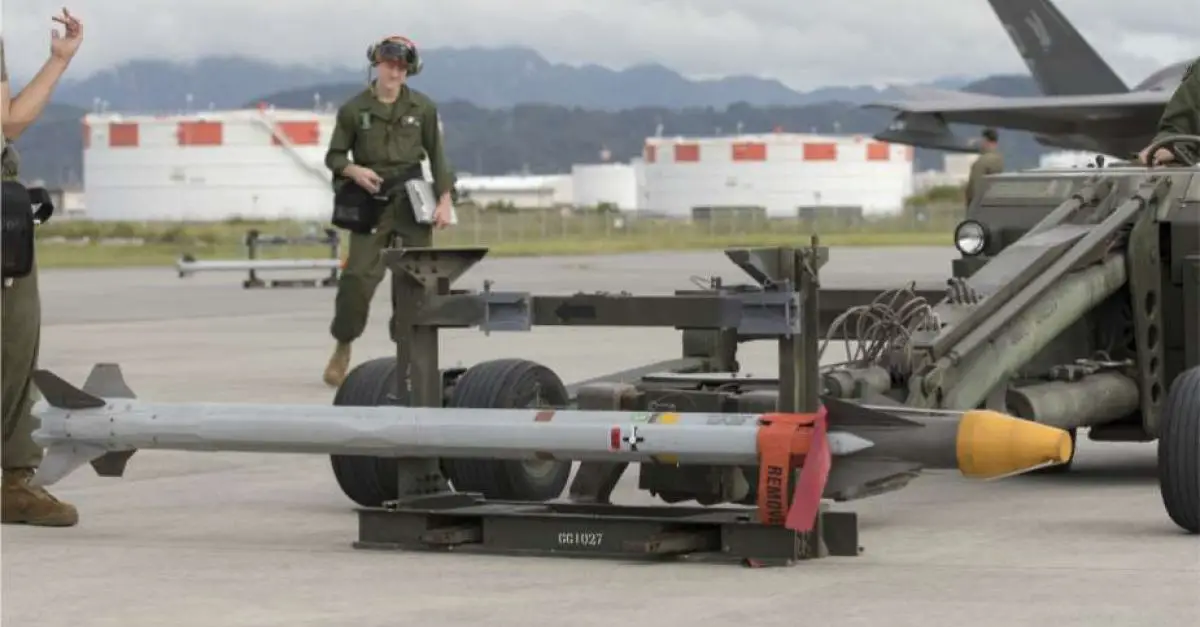
The AIM-9X "Sidewinder" is the latest version in the American-made Sidewinder series of short-range air-to-air missiles, developed by Raytheon. Known for its exceptional agility and advanced targeting capabilities, the AIM-9X has become a cornerstone of modern air combat systems. This missile is a significant upgrade over its predecessors, incorporating advanced technologies that enhance its performance in air-to-air engagements and, uniquely, against ground targets.
Country users: Australia, Bahrain, Belgium, Canada, Denmark, Finland, Greece, Indonesia, Israel, Japan, Kuwait, Morocco, Netherlands, Norway, Oman, Poland, Qatar, Saudi Arabia, Singapore, South Korea, Switzerland, Taiwan, Thailand, Turkey, United Arab Emirates, United Kingdom, United States
Description
The AIM-9X Sidewinder was developed in the mid-1990s as a significant improvement over the AIM-9M, with the U.S. Company Raytheon as the lead contractor. The missile incorporates several legacy components from the AIM-9M, such as the rocket motor, warhead, and active optical target detector, but introduces substantial enhancements, particularly in its infrared counter-countermeasures and agility. The AIM-9X entered service in 2003 and has since been integrated into the arsenals of various allied nations, including 31 Foreign Military Sales partners. The AIM-9X Block II variant, which includes a redesigned fuse, digital ignition safety device, and enhanced electronics, entered service later and is considered the most advanced short-range air-to-air missile in the U.S. inventory.
The AIM-9X is a short-range, infrared-guided air-to-air missile that excels in high off-boresight engagements, allowing it to target aircraft outside the direct line of sight. Unlike previous Sidewinder models, the AIM-9X can also be used against ground targets, offering versatility in combat scenarios.
The AIM-9X has proven its capabilities in several combat theaters worldwide, where its agility, precision, and advanced infrared tracking have been critical in achieving air superiority. The missile’s combat record underscores its reliability and effectiveness in modern air warfare, providing U.S. and allied forces with first-shot, first-kill opportunities in visual range engagements. The Block II variant, with its lock-on-after-launch capability and weapon datalink, further extends the missile’s effectiveness in beyond visual range engagements.
AIM-9X Sidewinder variants:
- AIM-9X Block I:
This is the initial version of the AIM-9X, which introduced significant improvements over the previous AIM-9M model. The Block I features a high off-boresight angle, allowing it to target and engage threats outside the direct line of sight, advanced infrared counter-countermeasures (IRCCM), and the ability to be cued by a helmet-mounted display (HMD).
- AIM-9X Block II:
The Block II variant is a more advanced version of the AIM-9X, featuring several upgrades. Key improvements include a redesigned fuze for increased reliability, a digital ignition safety device for enhanced handling and in-flight safety, and a datalink capability that enables lock-on-after-launch (LOAL) functionality. This allows the missile to engage targets beyond visual range and even those behind the launching aircraft. The Block II also maintains the high off-boresight targeting capability and improved maneuverability through thrust vectoring.
Technical Data
-
Design
The AIM-9X is 9.9 feet (3.02 meters) in length, with a diameter of 5 inches (0.13 meters) and a wingspan of 17.6 inches (0.45 meters). The missile has a launch weight of 186 pounds (84.37 kg). It features a sleek, aerodynamic body with rear-mounted control fins and forward-mounted guidance fins, designed to maximize maneuverability and stability during flight. While the exact range of the AIM-9X is classified, it is optimized for short-range engagements, typically within 20-22 miles (32-35 kilometers), making it highly effective in dogfighting scenarios and close combat engagements.
-
Warhead
The AIM-9X is equipped with an annular blast fragmentation warhead, which is designed to effectively neutralize a wide range of aerial targets. The warhead weighs approximately 9.4 kg (20.8 pounds) and carries a high-explosive payload. The design of the warhead ensures maximum fragmentation upon detonation, which is critical for damaging or destroying highly maneuverable and fast-moving targets. The warhead is also equipped with an active optical target detector, which enhances its effectiveness by ensuring detonation occurs at the optimal point to maximize damage.
-
Propulsion
The AIM-9X "Sidewinder" is powered by the ATK MK-139 solid-propellant rocket motor, which provides the missile with the necessary thrust to achieve supersonic speeds. The missile can reach speeds of approximately Mach 2.5, or around 3,060 km/h (1,900 miles per hour). This high-speed capability is essential for quickly closing the distance to fast-moving targets, ensuring the missile's effectiveness in short-range air-to-air engagements. The propulsion system's rapid acceleration and sustained speed allow the AIM-9X to excel in dogfighting scenarios, where speed and maneuverability are critical for successful target interception.
-
Guidance System
The AIM-9X utilizes a solid-state infrared homing guidance system that tracks the heat signatures of enemy aircraft. The missile features a high off-boresight focal-plane array seeker, which allows it to engage targets even when they are not directly in front of the launching aircraft. The Block II variant includes advanced electronics, a datalink, and a lock-on-after-launch capability, enabling it to engage targets beyond visual range and behind the launching aircraft.
-
Combat Use
The AIM-9X has been extensively used in air-to-air combat and has also demonstrated its capability in surface-launch missions. Its unmatched agility and advanced guidance systems make it a formidable weapon in dogfights, where first-shot, first-kill opportunities are essential for survival. The missile's versatility in engaging both aerial and ground targets further enhances its value in modern combat scenarios. Its integration into a wide range of platforms, including fighter jets and surface-to-air missile systems, ensures that the AIM-9X remains a critical asset in maintaining air superiority. The missile is designed for use on a wide range of aircraft, including the F-15, F-16, F/A-18, F-22, and F-35. Additionally, the AIM-9X is integrated into the National Advanced Surface-to-Air Missile System (NASAMS) to provide a short-range layer of defense in surface-launch missions.
Specifications
-
Type
Short-range, air-to-air missile
-
Country users
Australia, Bahrain, Belgium, Canada, Denmark, Finland, Greece, Indonesia, Israel, Japan, Kuwait, Morocco, Netherlands, Norway, Oman, Poland, Qatar, Saudi Arabia, Singapore, South Korea, Switzerland, Taiwan, Thailand, Turkey, United Arab Emirates, United Kingdom, United States
-
Designer Country
United States
-
Propulsion
ATK MK-139 solid-propellant rocket motor
-
Launch Weight
84.37 kg (186 pounds)
-
Range Missile
Estimated at 32-35 km (20-22 miles)
-
Speed Missile
Approximately Mach 2.5 (1,900 mph or 3,060 km/h)
-
Aircraft Launcher
F-15C Eagle, F-15E Strike Eagle, F-16 Fighting Falcon, F/A-18 Super Hornet, E/A-18G Growler, F-22 Raptor, F-35 Lightning II, and NASAMS surface-launch system
-
Guidance System
Solid-state, infrared homing system with high off-boresight capability and lock-on-after-launch (LOAL) in Block II variant
-
Dimensions
Length: 3.02 m; Diameter: 0.13 m; Wingspan: 0.45 m




























